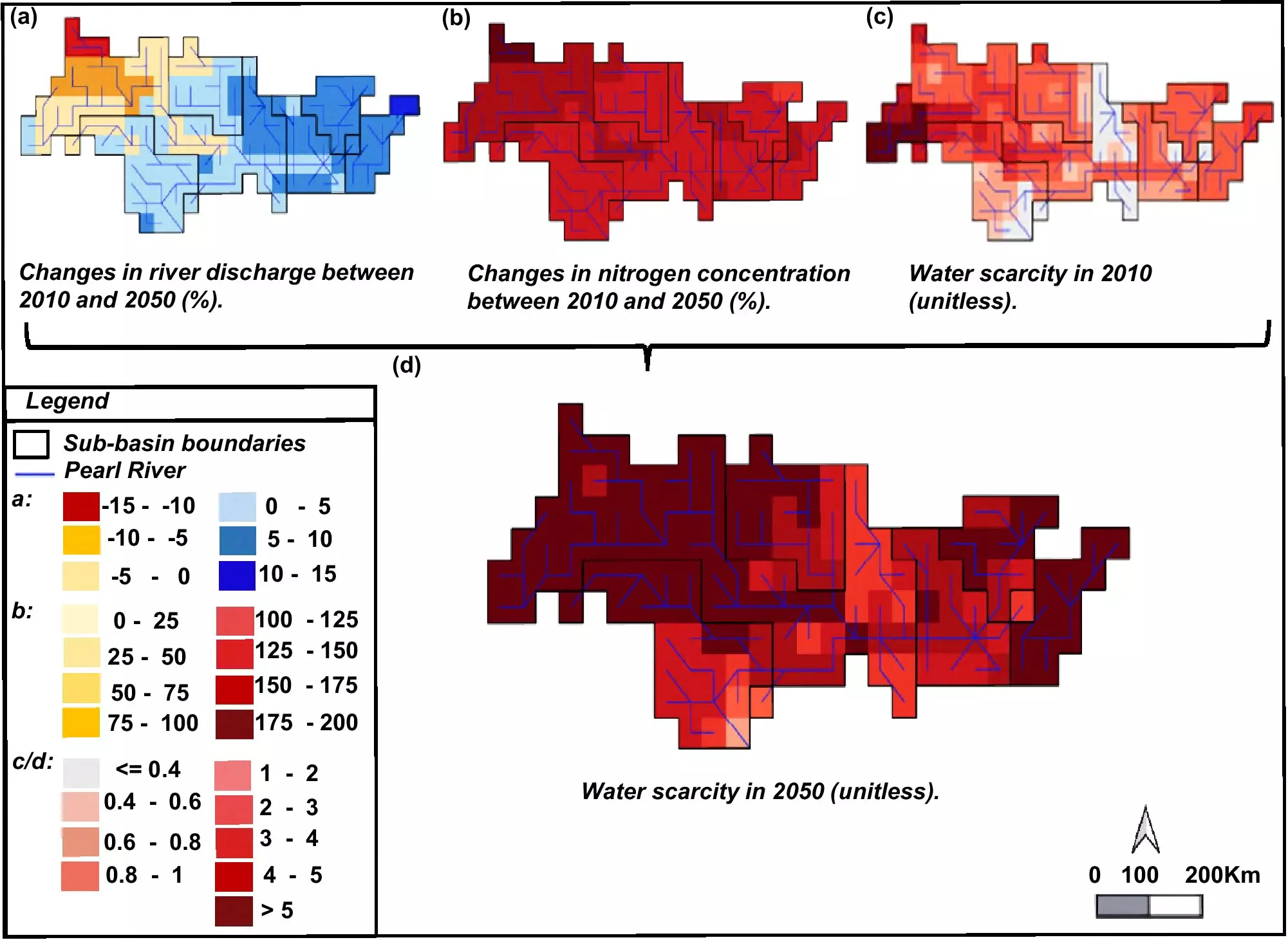Water scarcity stands as one of the most pressing environmental challenges of our time, affecting over half of the global population and severely hindering efforts to achieve the Sustainable Development Goals (SDGs). This issue arises from a complex interplay of diminishing water resources and deteriorating water quality—a dual crisis that necessitates an urgent and innovative response. As we delve into this critical issue, it becomes increasingly clear that conventional approaches to water management are grossly inadequate. The long-term sustainability of water resources hinges on rethinking our strategies and leveraging technology to ensure equitable access and maintain ecological balance.
Innovative Solutions for Effective Water Management
In light of this pressing concern, an international research team has made significant strides by developing a pioneering modeling approach aimed at identifying cost-effective combinations of water management strategies. By focusing on both quantity and quality, they present a comprehensive framework for significantly mitigating future water shortages. This multi-dimensional approach could shift the paradigm of water management, allowing policymakers to make informed decisions that cater to the multifaceted aspects of water scarcity, especially in regions like the Pearl River Basin in China.
In this region, where water resources face extreme stress from pollution and competing demands, understanding the interconnectedness of human activities, climate change, and biogeochemical processes is vital. The new modeling method incorporates these elements meticulously, paving the way for targeted interventions.
Addressing Quality Over Quantity
While traditional discourse has predominantly centered on water quantity, the innovative study underscores the necessity of integrating water quality considerations into the management framework. The effects of pollution—exemplified by elevated nitrogen levels—pose severe threats to public health and agriculture, creating additional socio-economic hurdles. Combatting this issue requires a strategic pivot toward investing in pollution reduction—an often overlooked yet cost-effective pathway for alleviating water scarcity.
The research emphasizes pivotal measures such as reducing the use of chemical fertilizers and enhancing wastewater treatment processes. By tackling pollution at its source, communities can not only improve their immediate water quality but also ensure a more sustainable supply for the future. These findings challenge the status quo and highlight the urgency for an integrated approach to water resource management that prioritizes both clean water access and responsible usage.
The Role of Digital Transformation
As we confront these daunting challenges, embracing digital transformation is essential. The integration of smart technologies such as remote sensors, smart irrigation systems, and digital twins can revolutionize water management. These tools enable real-time monitoring, allowing for immediate responses to changing conditions and fostering efficient water use. Yet, there lies a stark disparity in funding, as the water sector continues to receive a mere fraction—less than 1%—of global climate-tech investments. This gap reveals an oversight in prioritizing water management on the global agenda and signals a need for a collective advocacy for greater financial commitment.
Incorporating these cutting-edge technologies into water management practices can not only optimize resource allocation but can also serve as a foundation for sustainable growth across critical sectors such as agriculture, energy, and industry.
Blueprint for Future Water Management Strategies
The implications of this research extend beyond the Pearl River Basin, offering a blueprint for assessing water scarcity and pollution in other heavily stressed river basins around the world. With projections indicating that water scarcity could escalate by up to fourfold by 2050 in certain regions, immediate and decisive action is paramount. The research findings provide a tangible pathway for mitigating these future trends through strategic investments in water quality management.
The recognition of water scarcity as a major environmental challenge amplifies the urgency for action. By adhering to the insights provided by such comprehensive studies, governments and organizations can create impactful strategies that align with the Sustainable Development Goals and prioritize water as a fundamental resource for development.
As we strive toward a sustainable future, the road ahead will demand cooperation and innovation, placing water security at the forefront of global initiatives. Failure to address this critical resource effectively could have devastating implications for both people and the planet. The time to act is now—creating a resilient and secure water future depends on it.

